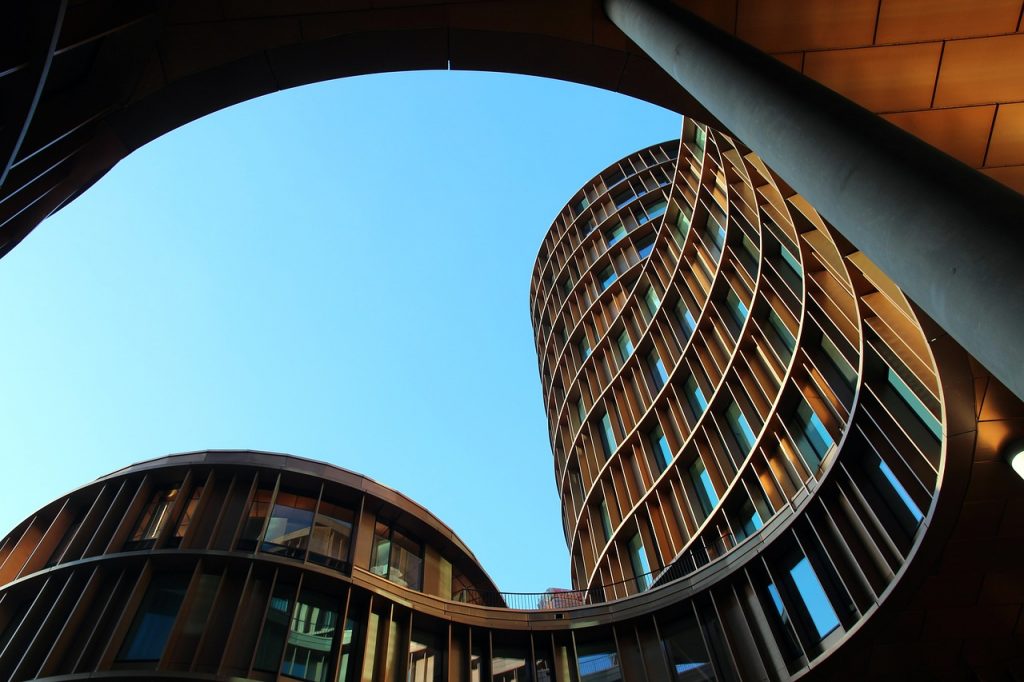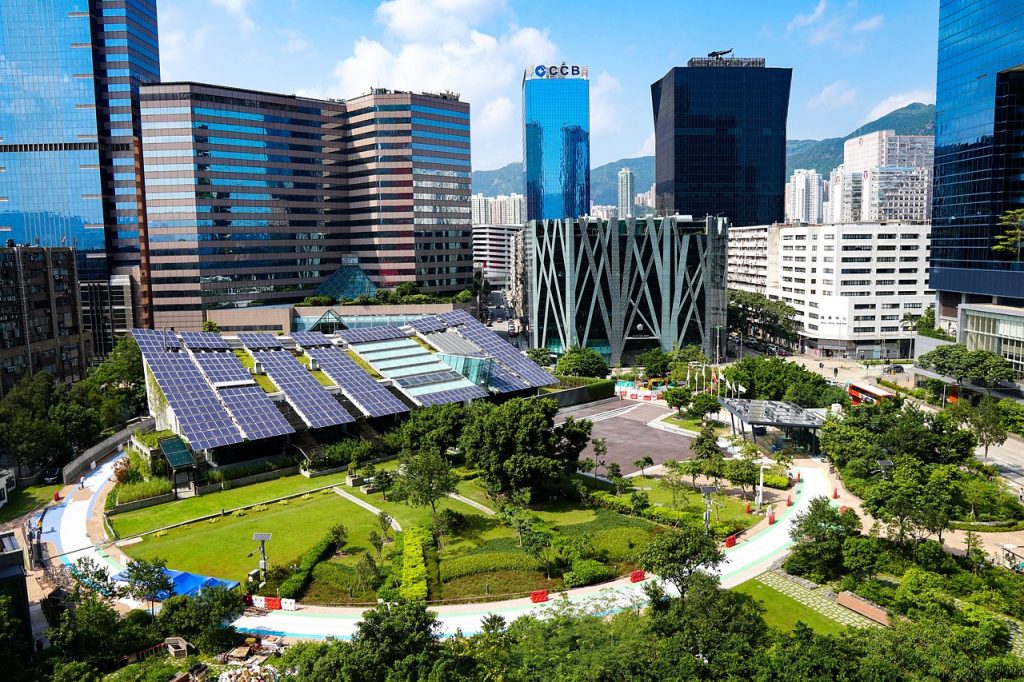Embrace Sustainable Living: The Marvels of Eco-Friendly Houses

**Title: Embrace Sustainable Living: The Marvels of Eco-Friendly Houses**
*Introduction:*
Welcome to a world where sustainable living meets modern architecture – the realm of eco-friendly houses! As we strive to preserve our planet and minimize our carbon footprint, building eco-friendly homes has become a beacon of hope for a greener future. From innovative construction methods to energy-efficient features, these green abodes are the epitome of harmonious living with nature. So, let’s embark on a journey through the key elements that make eco-friendly houses a marvel of sustainable design, paving the way towards a greener and healthier tomorrow.
Construction Methods
Building eco-friendly houses starts with eco-conscious construction methods. Utilizing sustainable materials like recycled steel, bamboo, reclaimed wood, and earth-based materials, such as adobe and rammed earth, significantly reduces the environmental impact. These materials not only require fewer resources to produce but also minimize waste generation during construction.
Energy Efficiency
Energy efficiency lies at the core of eco-friendly houses, aiming to reduce energy consumption and carbon emissions. Incorporating passive solar design, which optimizes the use of natural sunlight and thermal mass, ensures optimal temperature regulation, reducing the need for artificial heating or cooling. Installing energy-efficient windows, LED lighting, and Energy Star-rated appliances further diminishes the home’s energy demands.
Water Conservation
Water is a precious resource, and eco-friendly houses excel in water conservation strategies. Implementing rainwater harvesting systems allows homeowners to collect and store rainwater for various non-potable purposes, reducing the strain on municipal water supplies. Low-flow fixtures, dual-flush toilets, and smart irrigation systems further contribute to water conservation.
Indoor Air Quality
Indoor air quality is a crucial aspect of eco-friendly houses, as poor air quality can negatively impact residents’ health. Employing non-toxic, low-VOC (volatile organic compounds) paints and finishes helps create a healthier living environment. Additionally, efficient ventilation systems ensure a constant supply of fresh air, preventing the buildup of indoor pollutants.
Renewable Energy Sources
Eco-friendly houses often incorporate renewable energy sources like solar panels, wind turbines, or geothermal systems to generate clean energy. These systems harness the power of nature to provide electricity, heat, and hot water, reducing reliance on fossil fuels and lowering greenhouse gas emissions.
Green Roofs and Living Walls
Green roofs and living walls add a touch of nature to eco-friendly houses. Green roofs, covered in vegetation, improve insulation, absorb rainwater, and reduce the urban heat island effect. Living walls, adorned with lush plants, enhance air quality while adding beauty to the home’s exterior.
Sustainable Insulation
Choosing eco-friendly insulation materials can significantly improve a home’s energy efficiency and reduce heating and cooling needs. Materials like cellulose, recycled denim, or sheep’s wool insulation offer excellent thermal performance while being environmentally friendly. According to the U.S. Department of Energy, proper insulation can save homeowners up to 15% on heating and cooling costs, leading to reduced energy consumption and greenhouse gas emissions.
Energy-Efficient Appliances
Opting for energy-efficient appliances is another impactful way to make a home greener. Appliances with the ENERGY STAR label are designed to consume less energy, which not only reduces utility bills but also decreases greenhouse gas emissions. According to the Environmental Protection Agency (EPA), ENERGY STAR-certified appliances can save households up to $600 per year on energy costs and reduce carbon dioxide emissions by over 1,000 pounds annually.
Sustainable Flooring
Flooring choices can significantly impact a home’s eco-friendliness. Materials like bamboo, cork, reclaimed wood, or recycled tiles are sustainable alternatives to traditional flooring options. For instance, bamboo grows rapidly and can be harvested without killing the plant, making it an excellent renewable resource. According to the Forest Stewardship Council (FSC), using sustainable wood flooring helps conserve forests and promotes responsible forest management.
Efficient HVAC Systems
Heating, ventilation, and air conditioning (HVAC) systems play a crucial role in a home’s energy consumption. Opting for high-efficiency HVAC systems and regular maintenance can lead to significant energy savings. According to the U.S. Energy Information Administration (EIA), heating and cooling account for about 48% of energy consumption in an average U.S. home. Upgrading to energy-efficient HVAC systems can reduce this energy consumption and lower carbon emissions.
Smart Home Technology
Integrating smart home technology can enhance a home’s energy efficiency and overall sustainability. Smart thermostats, lighting controls, and automated systems help optimize energy usage by adjusting settings based on occupancy and preferences. According to a study conducted by the American Council for an Energy-Efficient Economy (ACEEE), smart home technologies can result in energy savings of up to 23%.
Eco-Friendly Landscaping
Extending eco-friendly practices to the surrounding landscape can complement the green features of a home. Xeriscaping, which involves using drought-resistant plants and efficient irrigation techniques, reduces water consumption significantly. The Environmental Protection Agency estimates that water-efficient landscaping can save up to 50% of outdoor water usage.
Embracing these practices not only reduces environmental impact but also demonstrates the power of individual actions in creating a more sustainable and greener world.
As the world embraces a more sustainable lifestyle, eco-friendly houses stand tall as an epitome of modern, responsible living. From conscientious construction methods to energy-efficient systems and water-saving solutions, these green abodes lead the way towards a greener and healthier planet. By investing in eco-friendly houses, we not only reduce our environmental impact but also create a harmonious living space that nurtures our well-being. So, let’s unite in the pursuit of sustainable dreams and build a future where eco-friendly houses become the norm, enriching lives while preserving the planet we call home.





